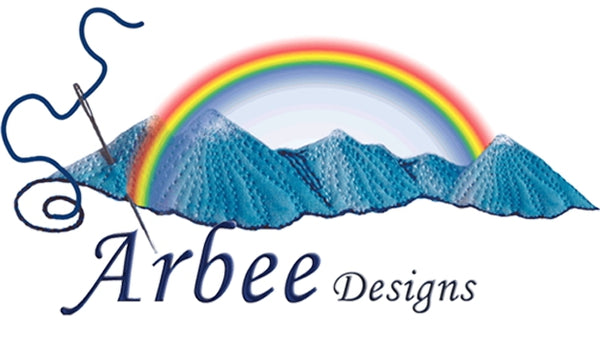Is a design wall only for a designer?
Quilters in general, whether they are art quilters or traditional quilters use a design wall. Quilt designers also use a design wall. The answer to the question is ‘No’, a design wall is found in almost every quilter’s home whether they design or not.
A design wall does not necessarily have to be a wall for designing or even a wall at all, but rather an area where one can lay out the pieces of a quilt or block to get an overall view of how it looks before it is constructed. You can use a design wall to view blocks or simply hold the pieces in sequence to be assembled. This is especially useful for detailed and complex blocks or quilts so you can get an idea of how the finished piece will look and know you are constructing it in the correct sequence.
Why do quilters use these?
Using a design wall and being able to have an insight on how the finished block or quilt will end up is a tremendous benefit to quilters and designers alike. Being able to audition the pieces gives you an advantage of knowing if something is right or wrong, and whether you will be happy with the quilt after it is sewn together.
Imagine if you used a certain fabric that you thought would look great, but ended up not looking good at all so you decide to replace it with another. With a design wall, you’ll be able to see this in advance before all the hard work is completed. You can swap out the fabric and the result is having a much more pleasing quilt. No one likes to unpick so the less you have to do, the better.
When I teach my advanced Bargello designs, some sort of design wall is essential whether it be a wall, table or even the floor. Somehow, you need to display your Bargello strips to ensure they are sequenced correctly.
How much does a design wall cost?
This varies on how big it will be, whether it is portable or permanent and whether you decide to make your own, or purchase a professionally made one. A design wall can be as simple as a large square of flannel fabric or batting to as complex as hardwood covered with suitable fabric and attached to your wall or a frame. If you prefer to work on large bed quilts, it’s ideal to have a large design wall when possible. If you only make small art quilts, a smaller area is sufficient. I work with two, a smaller one for block construction or my art quilts and a larger for laying out a large bed quilt.
What if I don’t have enough room for a design wall?
If you don’t have enough room, then a portable design wall might be the answer for you or have you thought of hanging one on the back of a door? I find the solid design walls made from cork board or hardwood are best. I slide mine under the bed, behind the door or in the closet when I need it out of the way or it’s not in use. With it being solid, I can lay it on the bed, on the floor or lean it against the wall when I’m using it and the pieces are less likely to fall off without pinning.
How do you make a design wall?
You can easily make your own. Those flannel backed tableclothes work great for a portable design wall or you can purchase cork board or hardwood (from hardware or lumber stores - ask and they will cut it to size) and cover it with flannel, low-loft batting or felt. Any of these coverings will allow your cotton patchwork fabric to cling to it so there is less need to pin your pieces in place, which of course makes it easier to move them around.
When making the wall, slightly stretch the flannel over the front and pin, tape or staple it to the back. The wonderful thing about making your own design wall is that you can make it to the size that suits you whether it be a 20" square for block construction or a 4' x 8' wall board.
Some use a roll up blind (roll up shade or screen). To use this, attach flannel or thin batting to the front side of your blind so your patchwork bits have a surface to cling to. It can be rolled up when you are not using it or want to travel to a friend’s place to quilt. This is ideal for traveling to classes too. You can purchase different sizes to fit the space you are working in.
I made one of these so if you'd like to see it as well as other design walls I use, check out this blog post: Design Walls I made and use

Roll-up Shade used as a portable design wall


